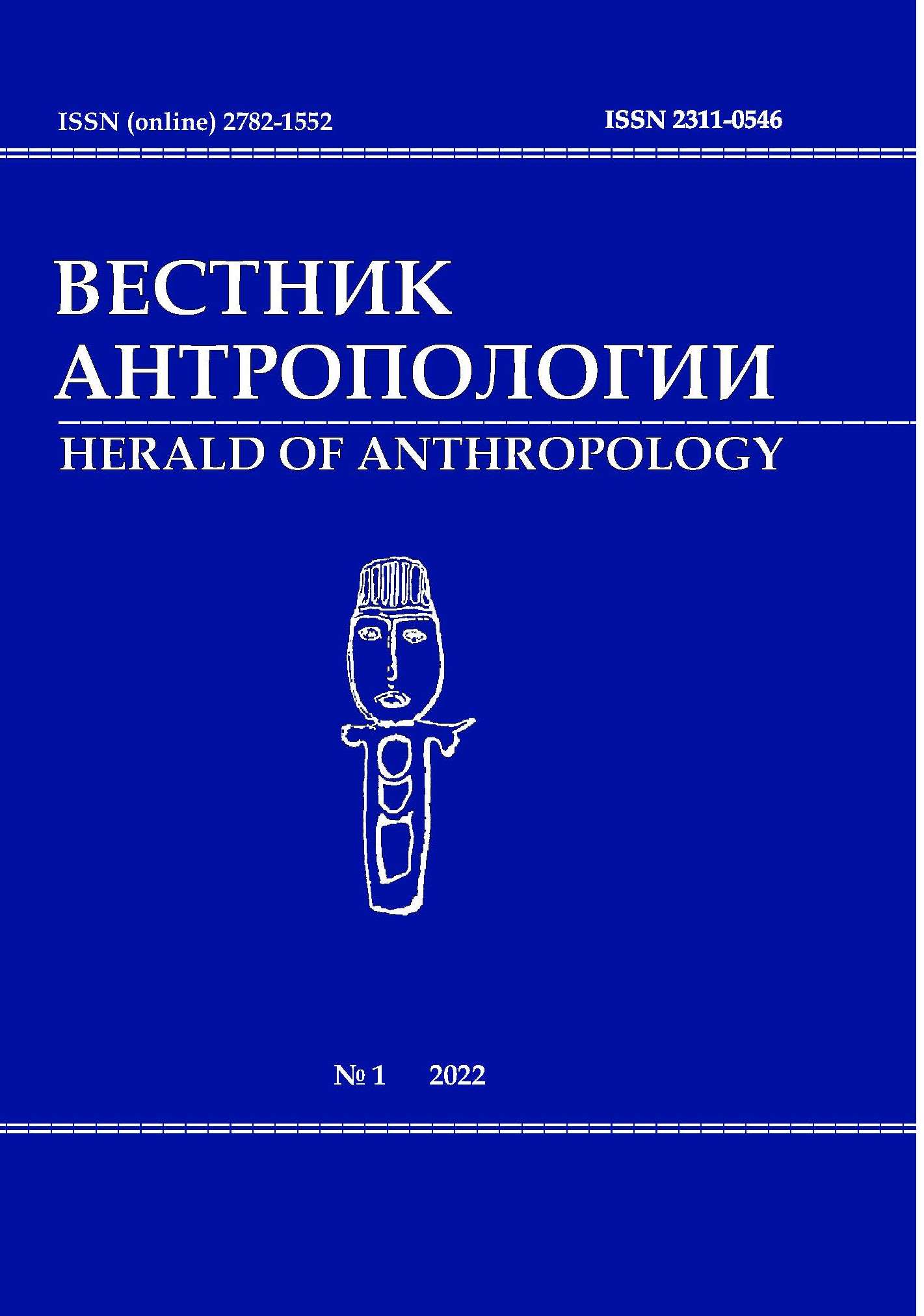Городская морфология исторических центров Самары и Тбилиси и практики социального взаимодействия жителей
DOI: 10.33876/2311-0546/2022-1/84-103
Ключевые слова:
городская морфология, культурные практики, городские сообщества, социальное взаимодействие жителей, городская деревня, историческая среда, дворыАннотация
В статье анализируется взаимосвязь морфологии исторических кварталов Самары и Тбилиси середины XX – начала XXI века с практиками социального взаимодействия их жителей. Для этого применяется концепция «городской деревни» («Urban village»), теория городской морфологии и теория фреймов. Мы показываем, какие маркеры городской среды подталкивают жителей к активному общению с соседями, а какие препятствуют этому. Исследование основано на полевых материалах автора, собранных в 2016 –2020 годах в рамках проекта регенерации квартала № 13 в историческом центре Самары, пространственном анализе морфологии и включённом наблюдении, проведённых в 2016–2018 годах в Тбилиси и Самаре. Жители исторических центров Тбилиси и Самары фреймируют пространство дворов как частно-публичное, продолжающее дом/квартиру. Жители присваивают себе пространство двора, но в то же время разделяют его с соседями. Двор осмысляется резидентами как место коммуникации и взаимодействий, что обуславливает их практики совместного времяпрепровождения и общения. Приватные и публичные пространства в самарских двориках располагают к совместной деятельности, а публичные пространства в тбилисских двориках – к общению. Маркеры, благодаря которым жители фреймируют двор как частно-публичное пространство, – относительно небольшое число жителей; небольшой размер двора; наличие старожилов; малая и/или средняя этажность; наличие старых домов. Для Тбилиси ещё очень важны галереи, террасы и балкончики, объединяющие обитателей нескольких квартир, плотная периметральная застройка, а для Самары – возможность фрагментации границ дворов. Чем большее число маркеров утрачивается, тем сильнее ослабляются практики совместных действий.






















